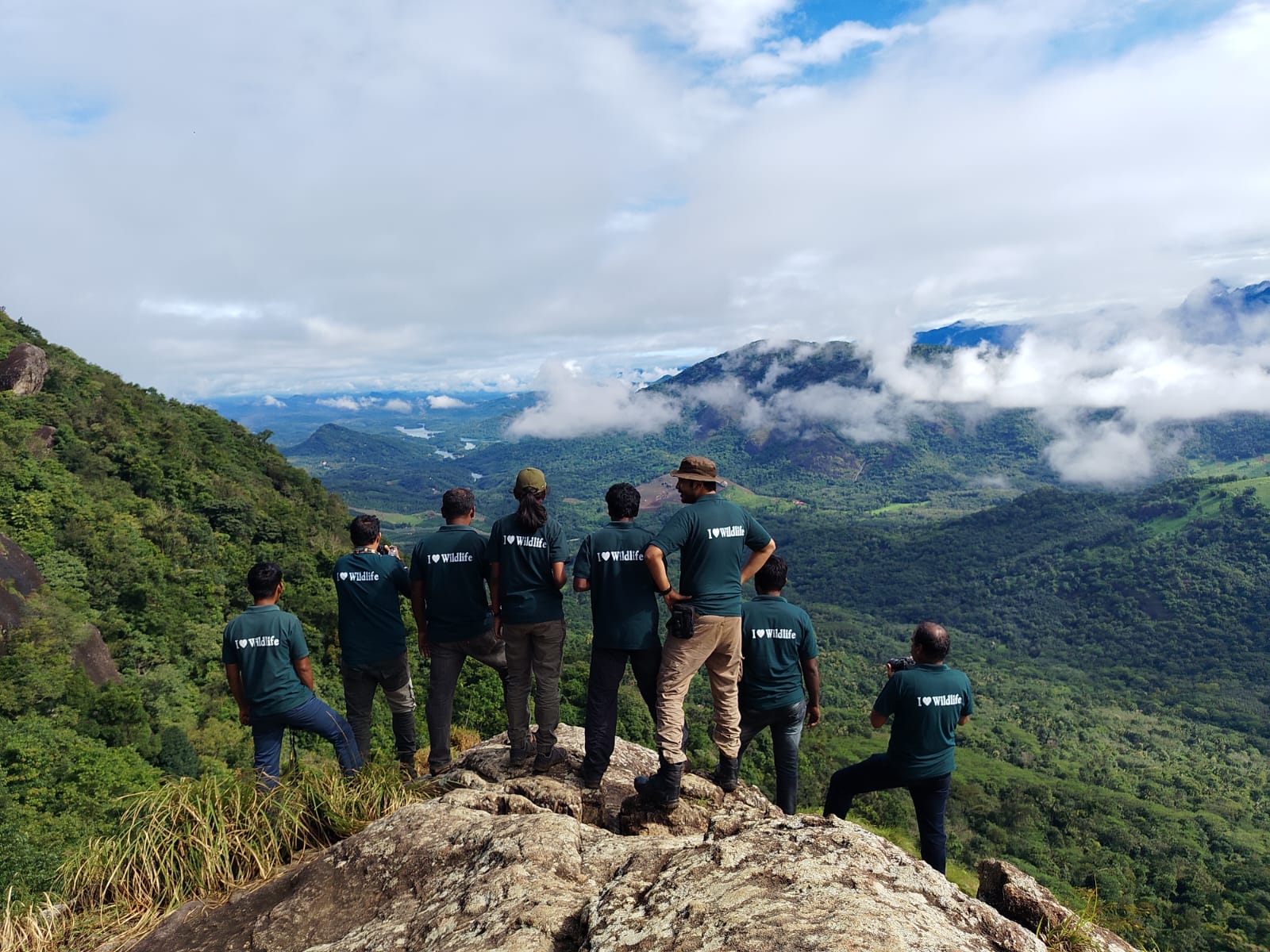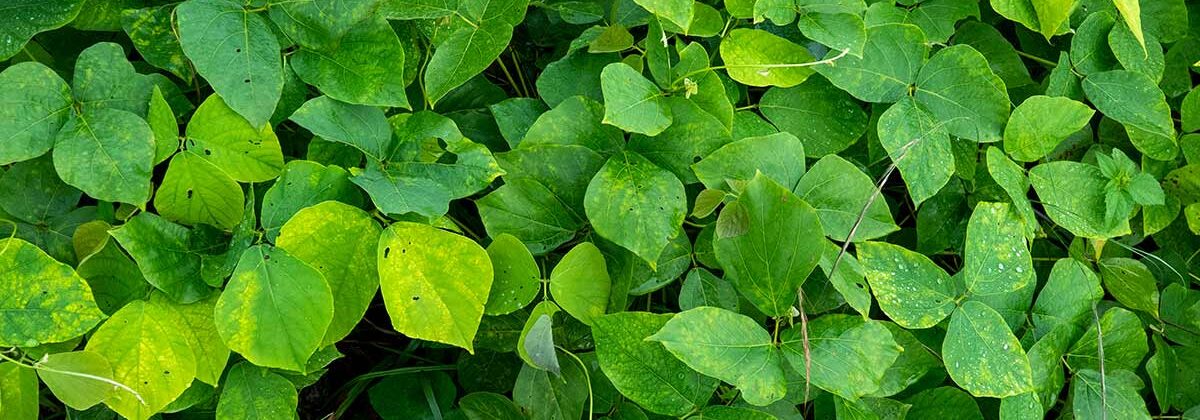
When it comes to Kanniyakumari district one can list Kodaiyaar as one of the most beautiful places in the district. Being the southernmost tip of the western ghats the place recives both the monsoons and thus is rich in its flora. the place has high endemicity and encompasses the Agasthiyar malai biodiversity reserve as well.
Despite its biodiversity , the area has been converted to rubber estates in the past and only with some serious efforts from the forest department, have remaining forest areas been brought under the protection.
Use of invasive Mucuna Bracteata in rubber estates
The presence of rubber estates meant that agro practices were followed inside the protected area. In one instance of ill informed agro practice a creeper plant was introduced in the area for weed prevention. Mucuna Bracteata is a nitrogen-regulating plant that was used for this purpose. There are several research papers highlighting the efficiency and uses of such a plant.

What the research papers will not say is the fact that this creeper can overgrow over an entire areas and smother native vegetation as well. This creeper has now overtaken large tracts of the kodaiyaar region and has even climbed over native trees thereby killing them. In a twist of irony , these creeper are even smothering the rubber trees as well, which they were intended to protect.
We came to know that efforts are taken to remove this invasive plant but Mucuna Bracteata is one sturdy plant. They produce lots of seeds and can propagate vegetatively as well. They are also drought tolerant with their deep roots providing nourishment. Since they are nitrogen fixing legumes they tend to survive in poor soil too. Removing them is going to be an uphill task and it begs the question to be asked ” do we really know anything before we meddle with nature?
While other invasive plants such as Lantana and parthenium are well known , this Invasive Mucuna Bracteata is slowly but surely creating extensive damage to one of the most rich ecosystems found in India.
Images of invasive Mucuna Bracteata infestation.





